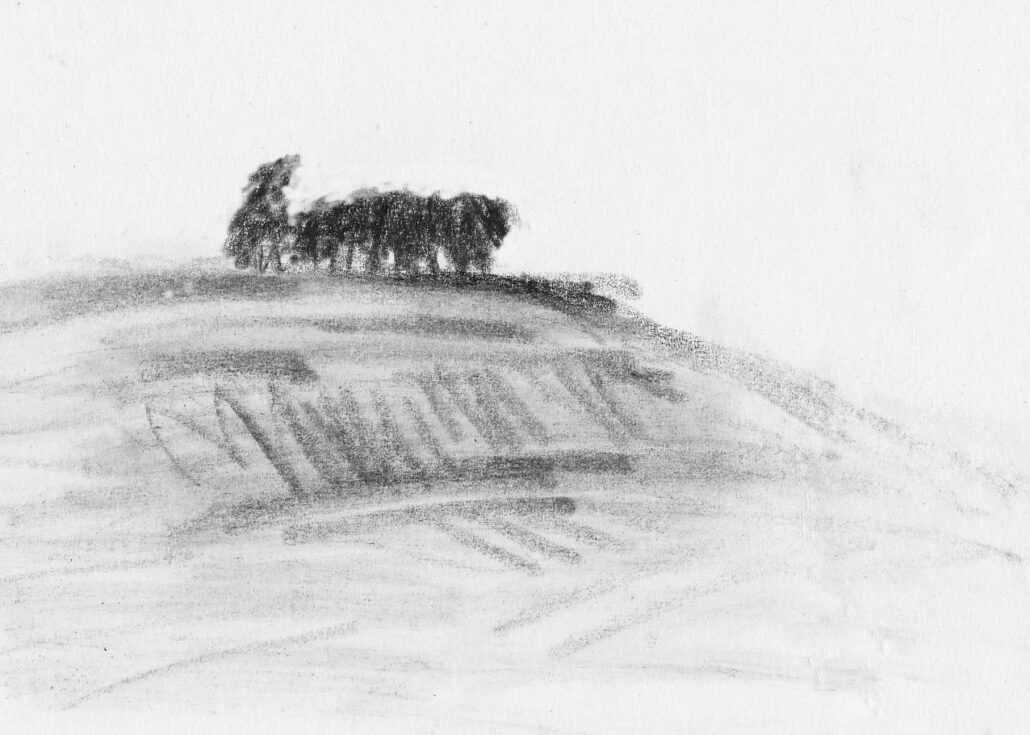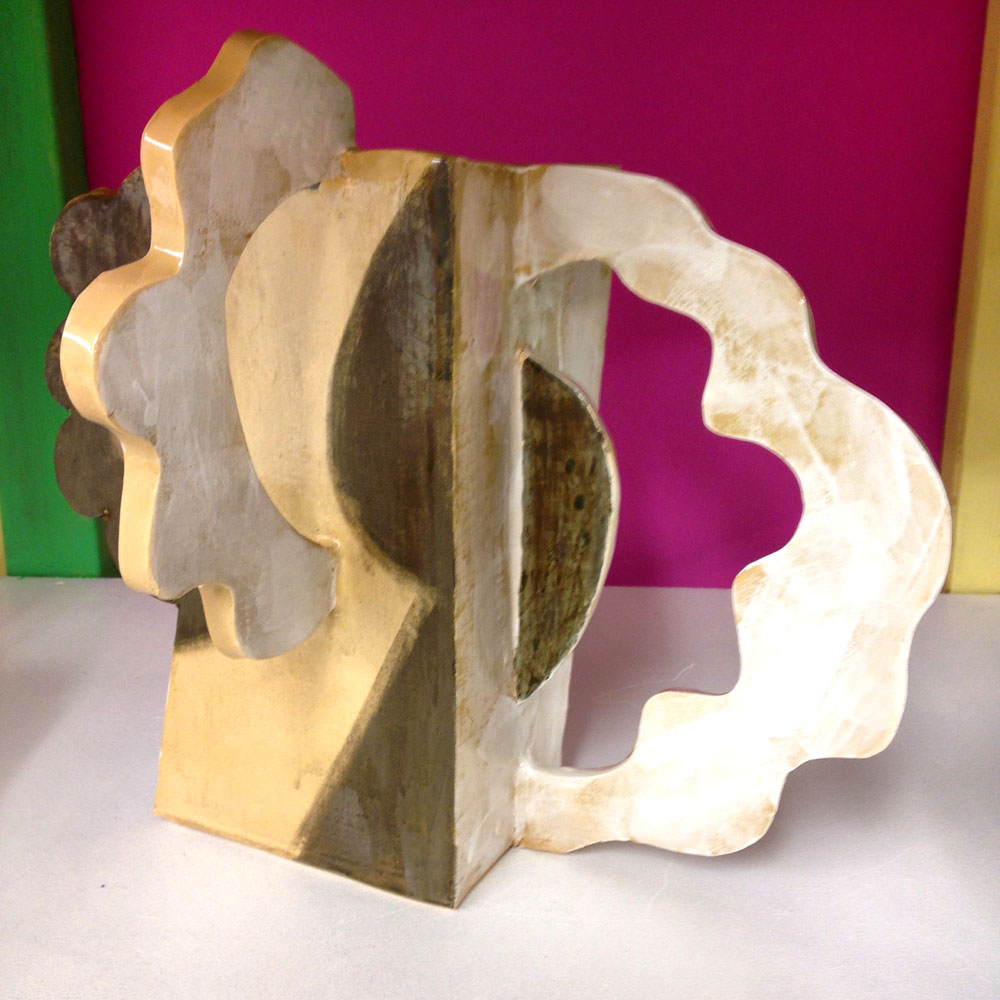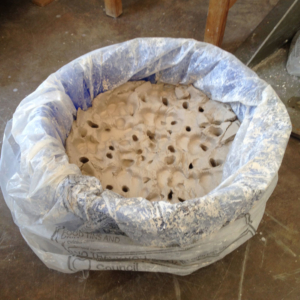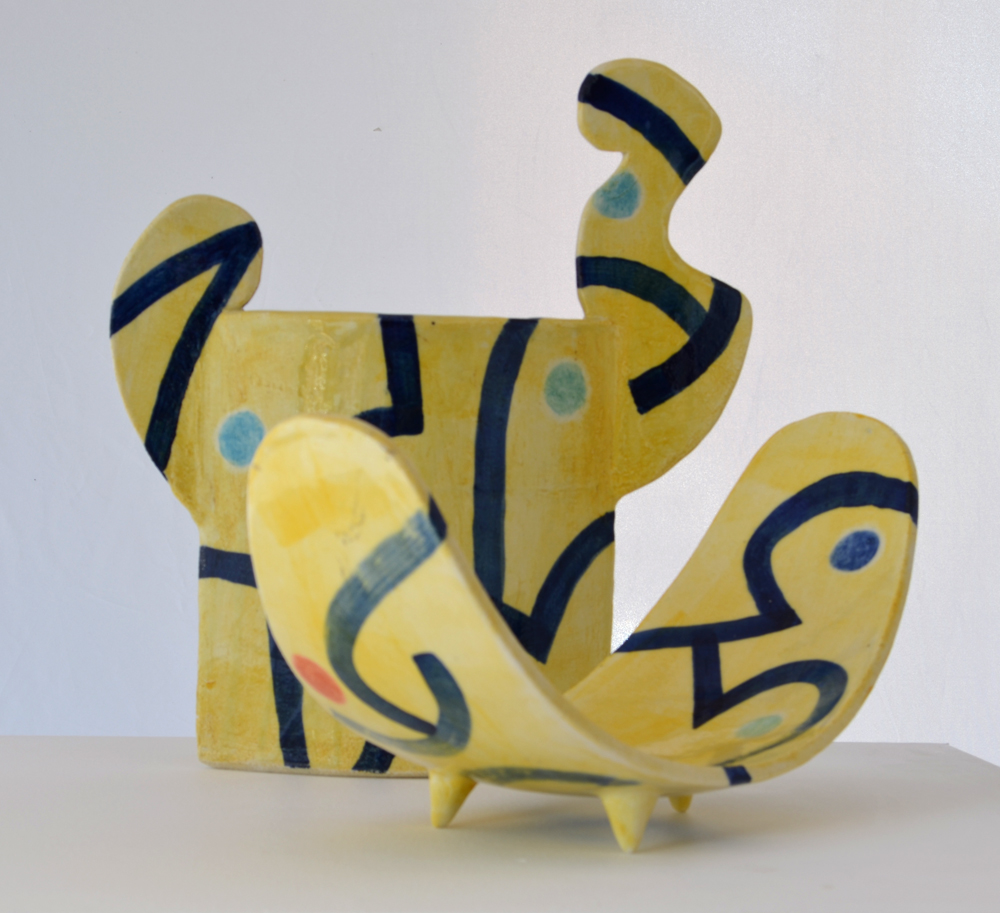Many Vast Elephants Make Jam Sandwiches Under No Pressure
I wonder of any of you have been craning your necks up at the night sky recently. There’s been an alignment of planets visible to the naked eye and Venus has been the most spectacular and can still be seen as a bright ‘star’ in the early evening, if you look to the west. Its position in the sky is bringing it closer to the Sun as March rolls on, so only a few days left to see it. Mercury, Mars, Jupiter, Neptune, Uranus and Saturn are the other ones vying for your attention, but time is running out and it won’t happen again till 2040.
Venus, named after the Roman Goddess of Beauty, presumably because it’s so bright, brought to my undisciplined and ruminating mind the sadly armless Venus de Milo, the venus flytrap, Venus in Blue Jeans, Men Are from Mars, Women are from Venus, and finally the Venus of Dolni Věstonice (though I did have to come home and check on the spelling). You may have heard of her – the oldest known ceramic in the world, discovered in Czechoslovakia. A clay sculpture figure of a female, which has been dated to 29,000 – 25,000 BC.
To think we’ve gone from using ceramic for this primitive (but powerful) figurine of a Mother Goddess to making objects as diverse as spark plugs, fibre optics, artificial joints, space shuttle tiles, oven tops, self-lubricating bearings, body armour, and skis. Human progress (?) as measured by clay. By the way, I did not know that enough ceramic tiles are produced each year to pave a path 300-ft. wide around the world. The things you learn.
Despite the multiple and varied uses clay can be put to, I instinctively feel that it’s at its best when it is made into a vessel, when it draws the human hand to pick it up, weigh it, feel its surface, fill it with water, and the human eye to admire its shape and colours. Like, for example, Peter Arscott Ceramic (PAC) pieces, new images of which I’ve scattered within this blog.
Let me just say that PAC ceramics are well-priced and affordable to those of you who appreciate uniqueness and quality. A PAC vase is not as expensive as a small bowl known as the Chicken Cup from the Ming Dynasty: it was sold in Hong Kong in 2015 for $ 36 million. A rooster, a chicken and a chick are depicted on it, thus its nickname.
After patting me on the shoulder for finally getting around to mentioning my vases, Spiro, being Greek, and being Patron Saint of potters, is telling me that the word “ceramics” is traced back to the term keramos, meaning potter’s clay or pottery. I reciprocate etymologically by telling him about my “claggy” walk up to Bradlow Knoll (Spiro does not walk), and that the word is from the Middle English claggen, probably of Scandinavian origin; akin to Danish klagge sticky mud, akin to Old English clǣg clay.
And indeed, it was claggy, not slippery but viscous and adhesive underfoot, and the weather warm with hazy sunshine, so that by the time I reached CJ’s bench I was hot and bothered. There’s more construction work going on in the nearest adjacent fields, mainly barns, fencing and access tracks, but if you look into the distance around and beyond Ledbury, the reflected gleam of plastic sheeting is more obvious, as soft fruit farming gets into gear for the season, and with the addition of hundreds of houses being built, the town is slowly creeping further into the countryside.
There’s a balance to be struck between the idea of preserving what’s valuable and catering to the needs of a society. Things shouldn’t be preserved for the sake of it: if there’s a housing need then houses must be built. If farming land can be used more efficiently by applying new approaches, why not? And after all, the British countryside is essentially man made and shaped. But we ought to keep an eye-out. Don’t forget what happened to the River Wye – an example of a catastrophic imbalance because a check was not kept on the huge growth of chicken farms.
But back to ceramics, and away from chicken poo. The Palais des Vaches in Exbury has received a new batch of PAC ceramics, as has the Cecilia Colman Gallery in London.
Exbury is in the New Forest not far from the coast, opposite the Isle of Wight. This part of England is unlike any other: open heathland, wild and intriguing. After delivery, I took a wrong turn and ended up asking the only local in the vicinity for help, but any offer was unforthcoming as he continued chewing grass in the rain and looking rather wary.
On the other hand, St John’s Wood in London, where the Cecilia Colman gallery is, belongs to another world: Regent’s Park, Lord’s Cricket Ground, elegant shops and restaurants.
You may have gathered that the title of this blog is a mnemonic for memorizing the order of the planets, starting with the one nearest the Sun: Mercury, Venus, Earth, Mars, Jupiter, Saturn, Uranus, Neptune, Pluto.
And finally some good advice from an old Congolese saying: If you are asked to join a parade, don’t march behind the elephants.























































































































